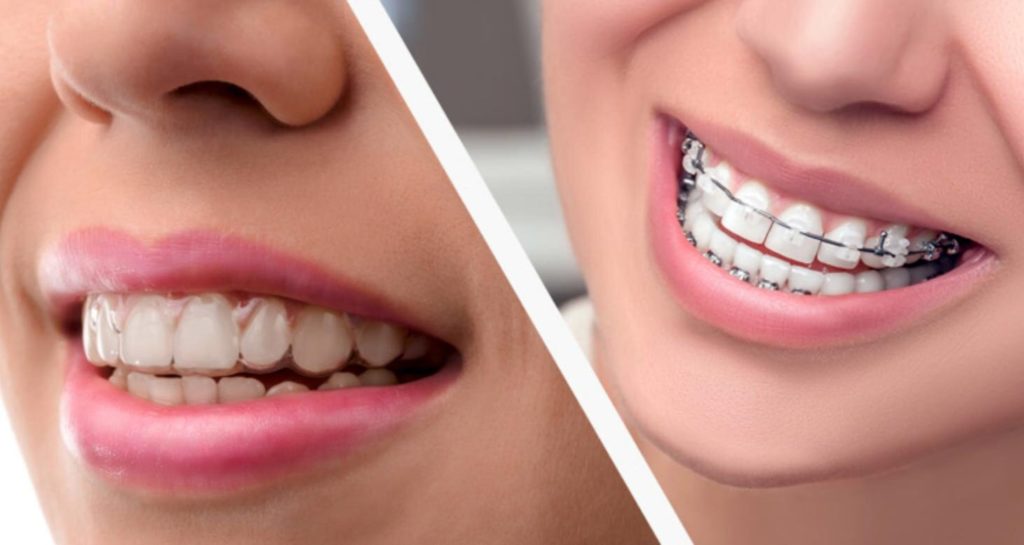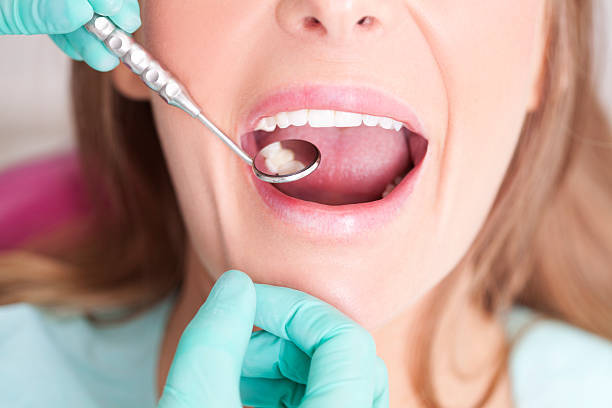June 6, 2022
You always want to see that little smile reemerge. After all, what better feeling is there as a parent than to know that your child is both happy and healthy?
That being said, when they do eventually pucker their lips in pain or discomfort, you’ll be left weighing the best options for their long-term well-being.
Thus, when it comes to cavities, you might ask yourself: Is it better to fill or to pull the baby tooth?
Why Primary Teeth Are A Priority
While many parents might think that pulling baby teeth because of a cavity is no big deal, the reality is that these little teeth play an important role despite their temporary nature.
“Baby teeth hold space for adult teeth growing in the jaw,” the Early Childhood Knowledge & Learning Center explains. “If a baby tooth is lost too early, other teeth that are already in the mouth will move into the space. It can block out the adult tooth trying to come in and cause crowding.”
What’s more, if a baby tooth comes out prematurely, the crooked teeth may also cause a misalignment of the child’s jaw as the adult teeth grow in.
Thus, we encourage you not to take these teeth too lightly.
To Fill Or To Pull
“Baby teeth (primary teeth) are meant to fall out on their own to make room for permanent adult teeth (secondary teeth),” according to Healthline. “This typically occurs when children are 6 or 7 years old.”
In other words, while you can pull a baby tooth, we generally do not recommend it unless the cavity is severe enough that immediate removal becomes necessary. Otherwise, simply filling the tooth should be adequate.
As reported by Hopkins Medicine, “in most cases, [tooth decay] treatment requires removing the decayed part of the tooth and replacing it with a filling.”
This solution is both simpler and more capable of mitigating further orthodontic complications down the line.
Calling The Cavalry On Cavities
If your child has lost a tooth prematurely — or even started to develop dental misalignment despite an ordinary process of losing their baby teeth — you always want to put their smiles into hands you can trust.
And that’s why, here at SouthShore Orthodontics, we offer exceptional service in a relaxing environment!
No matter the age of our patient, we have a variety of solutions and advanced technology to treat their needs:
- Traditional braces
- Ceramic braces
- Clear aligners
- And more!
Additionally, we always want to provide your family with peace of mind. To learn more about how we can help you or your child develop a healthier, happier smile, contact our office today by calling 813-815-0080!










